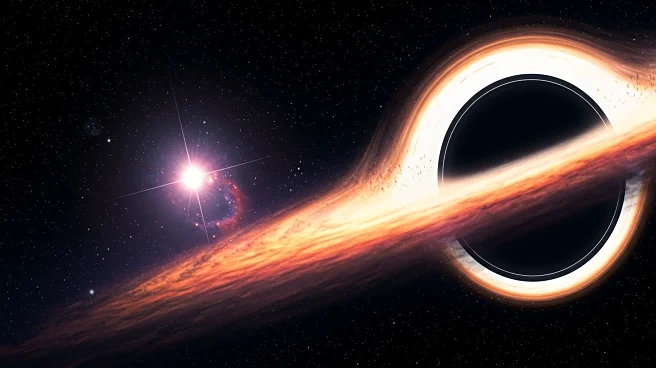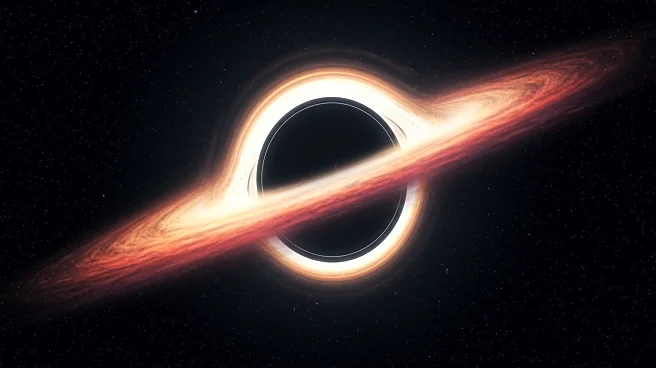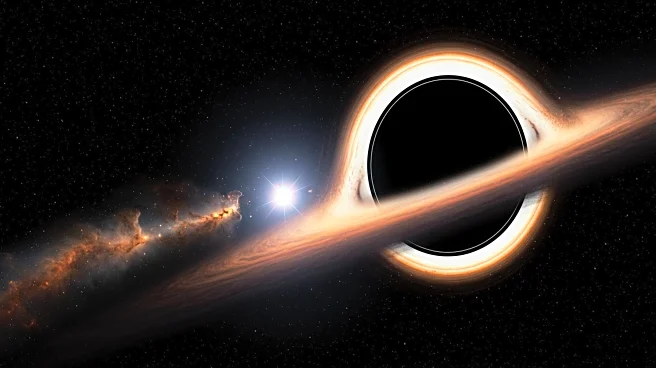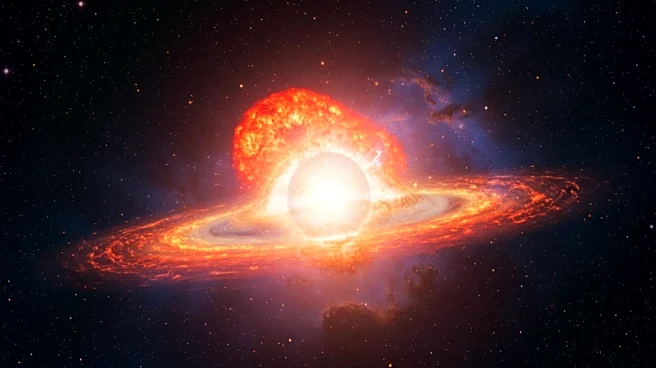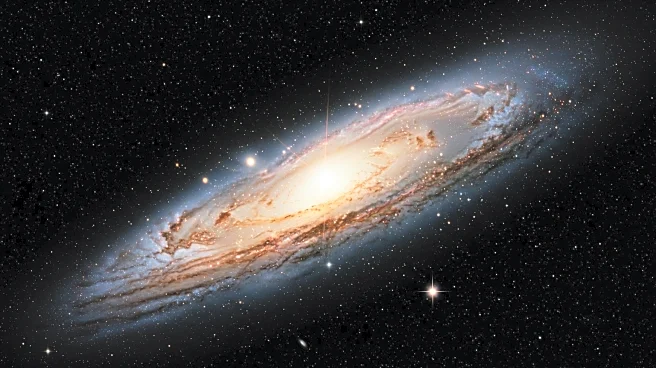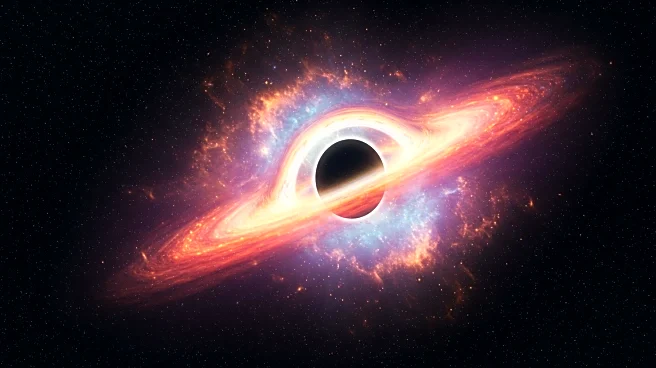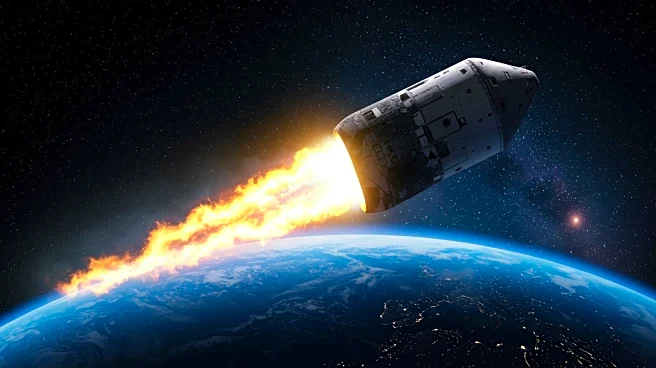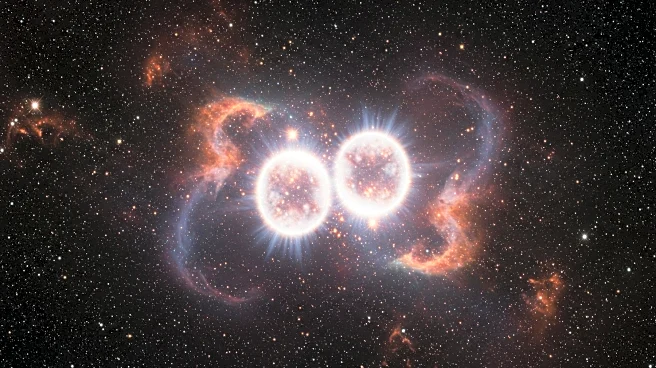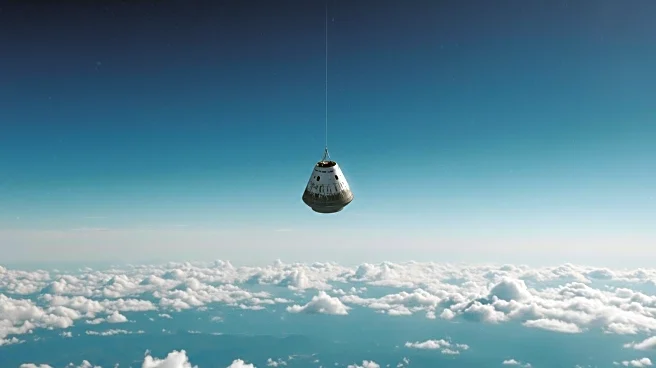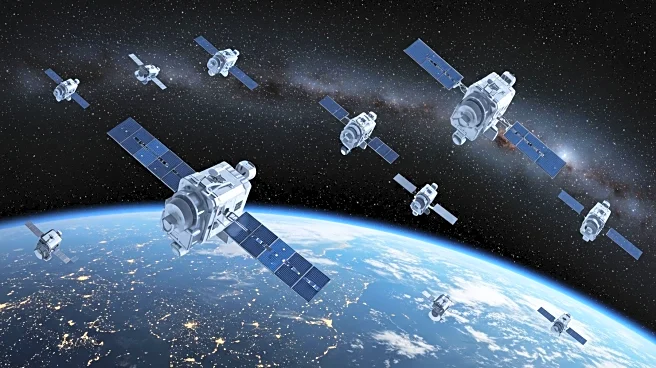What's Happening?
A Spotify-like artificial intelligence (AI) has helped scientists discover a potentially new type of supernova, SN 2023zkd, which may have occurred when a star attempted to consume a nearby black hole. The AI, known as Lightcurve Anomaly Identification and Similarity Search (LAISS), identified unusual brightenings months before the explosion, allowing observatories to capture the event across various wavelengths. The supernova was detected by the Zwicky Transient Facility at the Palomar Observatory in California. The AI's ability to spot early signs of supernovae provides valuable insights into their formation and evolution.
Why It's Important?
The use of AI in astronomical research represents a significant advancement in the ability to detect and study rare cosmic events. The discovery of SN 2023zkd offers insights into the interactions between stars and black holes, which are complex and difficult to model. Understanding these interactions can improve knowledge of stellar evolution and the dynamics of binary systems. The AI's success in identifying unusual phenomena may lead to more discoveries and enhance the efficiency of astronomical observations.
Beyond the Headlines
The AI's application in astronomy highlights the potential for technology to transform scientific research by automating the detection of rare events. This approach could lead to more efficient data analysis and the discovery of phenomena that might otherwise go unnoticed. The integration of AI in scientific research may inspire similar advancements in other fields, promoting innovation and expanding the capabilities of researchers.
